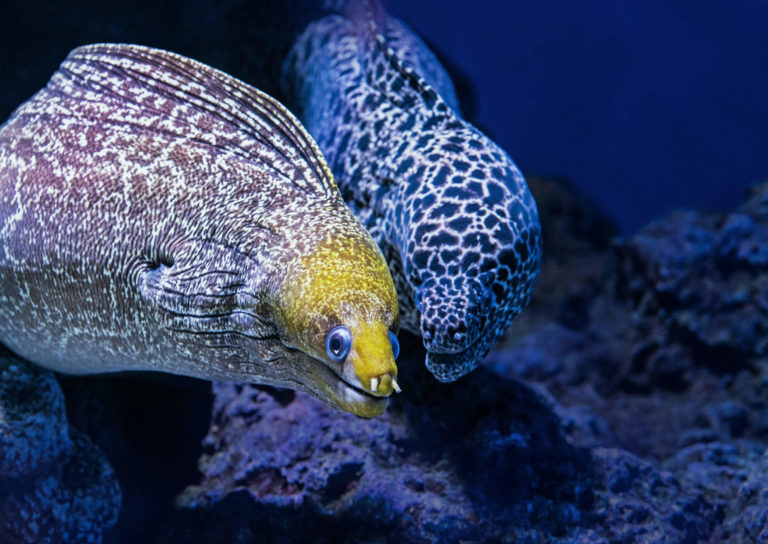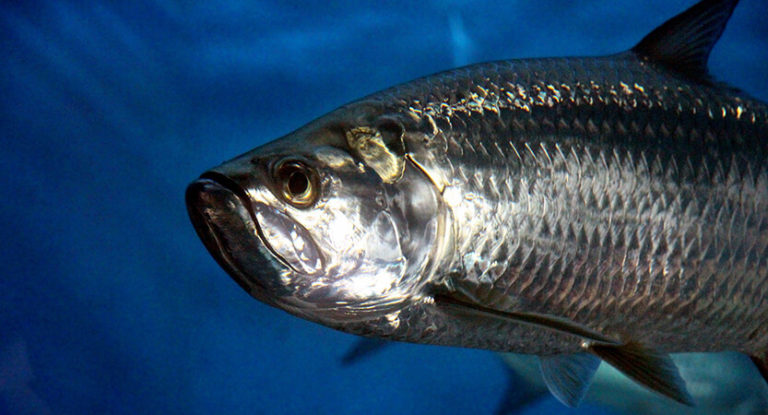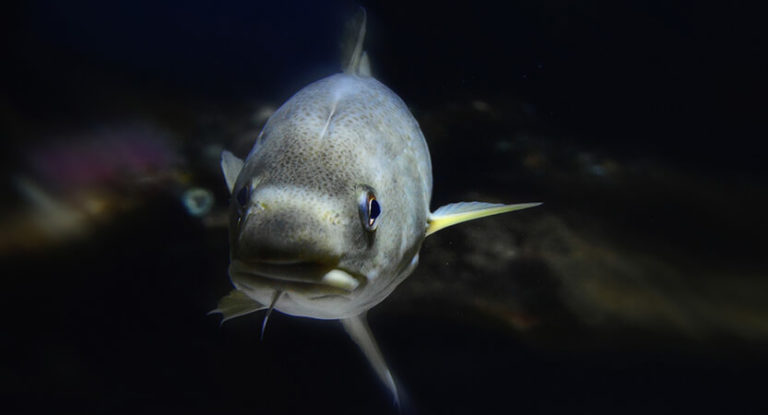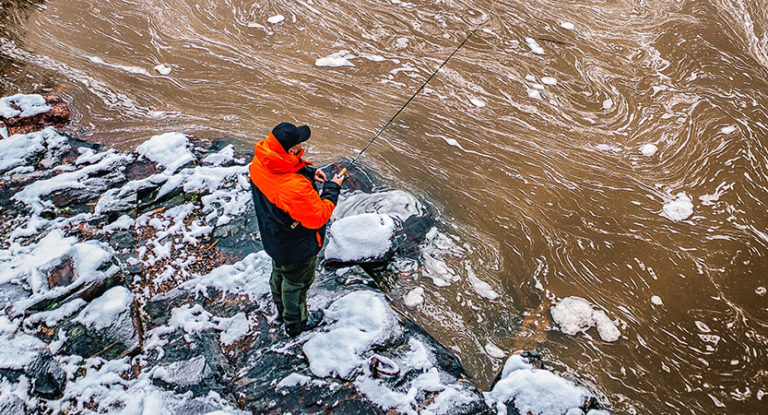The gastronomic properties of crayfish meat are truly excellent: it has a unique taste and tenderness, does not contain cholesterol, and is excellent for dietary nutrition. Even people who cannot stand fish and seafood, including children, rarely refuse it. However, this delicacy costs a lot of money, so it is advisable to learn how to catch crayfish on your own.
Today we will get acquainted with the secrets of crayfish hunting. The focus of our attention will be on his favorite “delicacies” and the most extractive fishing methods. We will tell you where and when to look for and get these tasty representatives of freshwater fauna, so that the hunt is successful and does not bring you complications in the form of a solid fine.
Here is an overview of the content of this tutorial, feel free to jump to any section you care about:
For more fishing instructions, take a look at these popular Trizily links: Best Fishing Lines, Best Fish Finders.
- What Factors Affect Fish Biting
- Trolling: The Ultimate Fishing Technique
- Understanding Atmospheric Pressure and How It Affects Fishing
Where and when is the best time to hunt for crayfish?
Cancer is very picky about living conditions. It is very sensitive to the quality of the water and the amount of oxygen dissolved in it. In this regard, its population is constantly decreasing, because there are less and less clean reservoirs with crystal water, and the man himself is to blame.
The object of our today’s hunt prefers clean, transparent water with a high concentration of oxygen , therefore, its colonies are located mainly on rivers, reservoirs, flowing lakes. In ponds and lakes with a silted bottom, he does not live, and does not favor thickets. Crayfish prefer hard bottom soil: sand, shell rock, pebbles.
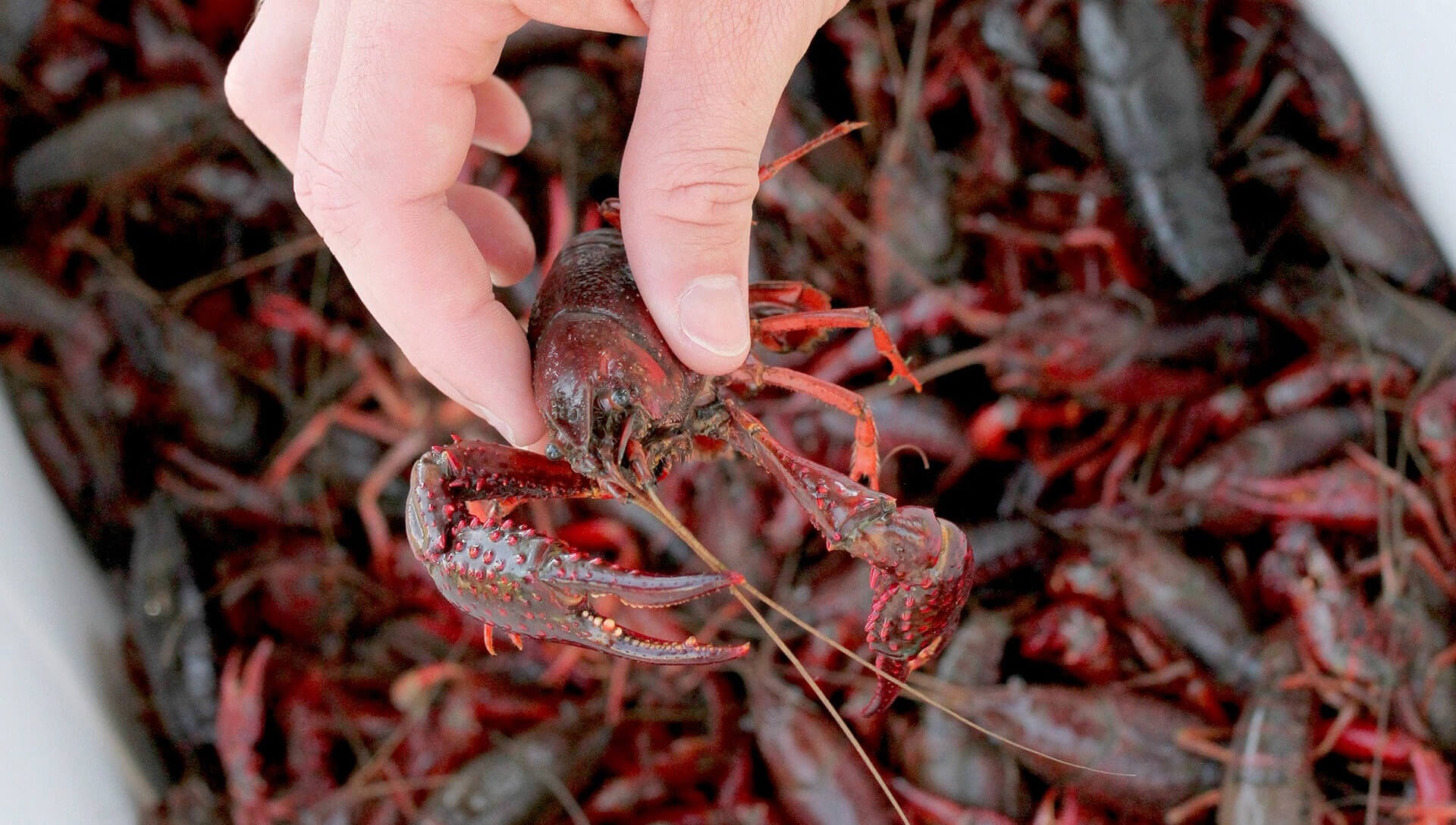
Fishing for crayfish far offshore is usually unproductive. Colonies are located mainly along steep, steep banks; the gullies between the roots of trees are completely ideal. All kinds of hydraulic structures, snags, stones and so on – everything that can give them a reliable refuge can serve as a refuge for crayfish. The optimum depth is from half a meter to two or three.
In summer, cancer tends to be nocturnal: twilight and nighttime are the most productive. However, on a full moon, in windy rainy weather and in a thunderstorm, you don’t have to wait for a good catch even in the most promising places.
In autumn, daily temperature fluctuations become more noticeable. This has little effect on the behavior of crayfish, especially if the days are clear, but the hunter for them can seriously suffer from a long stay in cold water. Therefore, it is necessary to minimize the time “water procedures” and switch from manual methods of extraction to crayfish. But you shouldn’t give up the hunt altogether – the meat of crayfish becomes especially tasty and aromatic in autumn.
Manual ways of fishing
The oldest method of crayfish extraction is manual. The idea is simple: walk on the water with a flashlight, inspect the places of the alleged habitat, turning over stones, if found, take the cancer by the back with your hand and put it in a basket. You can rummage holes under the roots, but this option is unsafe: firstly, the claws have great tenacity and can give an unpleasant “handshake”, and secondly, there may be some more terrible people lurking there. In a word, it is definitely not worth climbing there without protective gloves.
A variation of the manual method is the use of a spear or special ticks: we see the prey, press it to the bottom with a spear, then remove it by the shell with our hands. This requires a fair amount of skill: in the water, crayfish show enviable agility.
They catch crayfish quite successfully with the help of a net. We go on water, looking out for prey, as in the previous cases. We saw a crayfish – set a net behind it, and in front, highlight it with a flashlight. The pancake will begin to back away, trying to hide from the light, and falls into the net without contact with the hands.
This old-fashioned way can be improved by using a mask and a breathing tube.
Effective baits
All other fishing methods require bait in accordance with the gastronomic preferences of the intended catch. Contrary to the common misconception, these arthropods do not like rotten meat: it is only with a lack of food supply that they are forced to devour everything they come across, and under normal conditions they prefer fresh food. By the way, they are also happy to consume “delicacies” of plant origin.
In cold water, crayfish, like fish, are caught mainly with bait of animal origin. As a “treat” for an arthropod, you can use:
- pieces of meat and fish fillets;
- giblets;
- worms and larvae;
- canned fish and meat, smoked meats;
- skinned or burnt frog;
- freshly caught small fish (it is advisable to cut it along the back and let it lie down a little in the air).
Interestingly, the cancer prefers fish of peaceful carp breeds, and the aroma of pike or perch can scare it off altogether. By the way, with a rich choice, he will ignore the pulp of the clam.
In warm water , that is, in summer, baits of plant origin are effective. Crayfish are very fond of peas, bread, canned corn, fresh cake. Sometimes they can be attracted by fragments of aquatic flora: water lily, elodea, arrowhead. But sometimes arthropods also show originality, reacting sensitively to the aroma of dill and garlic. Moreover, artificial fish attractants such as “Garlic” will not attract them, give them everything natural!
It is considered very effective to catch crayfish on bread with garlic. The bait recipe is extremely simple:
- we take rye bread and garlic;
- chop the bread, chop the garlic (you can use a knife or a blender);
- we place the mass in a cloth or several layers of gauze.
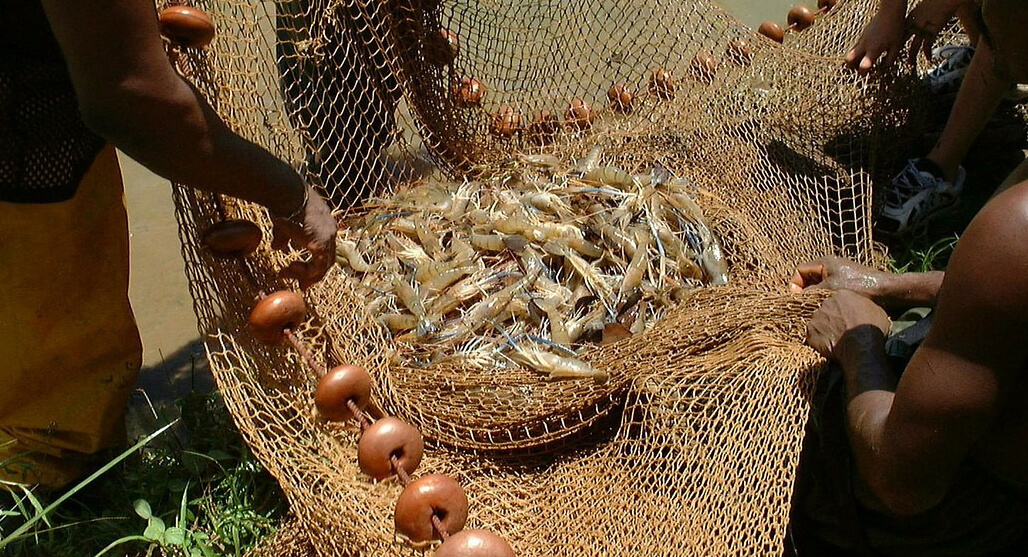
Tackle with line
The main rule for using tackle with fishing line: the bait should lie on the bottom – the pancake is not a fish, it crawls, not swims.
Crayfish can be caught accidentally with a regular float rod , with a rig designed for fish. The arthropod “bites” in an interesting way: it takes the float to the side, gradually adding it. Naturally, it does not swallow the bait, but captures the prey with its claws, therefore, it is not worth cutting it sharply: we smoothly raise the prey above the water and secure it with a landing net.
You can equip a fishing rod specifically for crayfish: in this case, it is better to use large tee hooks and a very large bait. You can get by with the most primitive equipment such as a set. To do this, it is enough to cut out decent strong twigs from the hazel and tie at least a line or twine to them. It is not necessary to use a hook: the bait can simply be tied to the free end. It is effective to install several such gear along the coast (either on land, or in the water) at a distance of 3-4 meters from each other.
Crayfish can also be caught on floating girders, “mugs” or any similar tackle with a float. They are equipped not with live bait, but with any of the aforementioned bait, and they are not launched in sinks, but are installed along the coast, preferably at anchors.
Fishing with net
The most productive and prey tackle among those permitted by law is rakolovka. Previously, these tackles were made exclusively by hand from wire, wooden planks and mesh, now they can be freely purchased in a specialized store at a very affordable price. However, modern craftsmen manage to make gear even from empty five-liter cylinders from under the water, which reduces costs to absolute zero.
The general principle of fishing with net tackle is that the bait is equipped with a bait (usually it is tied to a net or tackle frame) and set at the place where the arthropods are located. Attracted by the aroma, the crayfish bait slide onto the net or penetrate through the holes in it, the tackle is removed from the water with swarming prey.
In fact, the simplest open pitcher is the same fishing head, working according to the “straining” principle: when ascending, the water is decanted, the catch remains in the net. For the convenience of fishing, the tackle is usually suspended on a wooden pole. More complex tackles are typologically related to fencing and are closed-type structures on a rigid frame.
Consider the design features of the most common industrial mesh gear:
- “Clamshell” . Universal tackle for all-season crayfish fishing. It is a folding structure of two rings of different sizes and a mesh stretched over them. It sinks to the bottom, unfolds, and then rises up – the prey is in an impromptu bag.
- “Inkwell” . The design implements the principle of a non-spill inkwell: the aforementioned “clamshell” is supplemented with one more ring in the upper part, even smaller in diameter. Crayfish crawl into the tackle, but it’s already difficult for them to get out of there.
- Top on springs . Before us is a folding structure made of steel rings, covered with mesh. The inlet holes on the rings of small diameter are located at the ends of the tackle. The cancer, attracted by the bait, enters the mesh funnel, and then into the main chamber, from which it cannot get out. The top unfolds in the water automatically thanks to struts and springs.
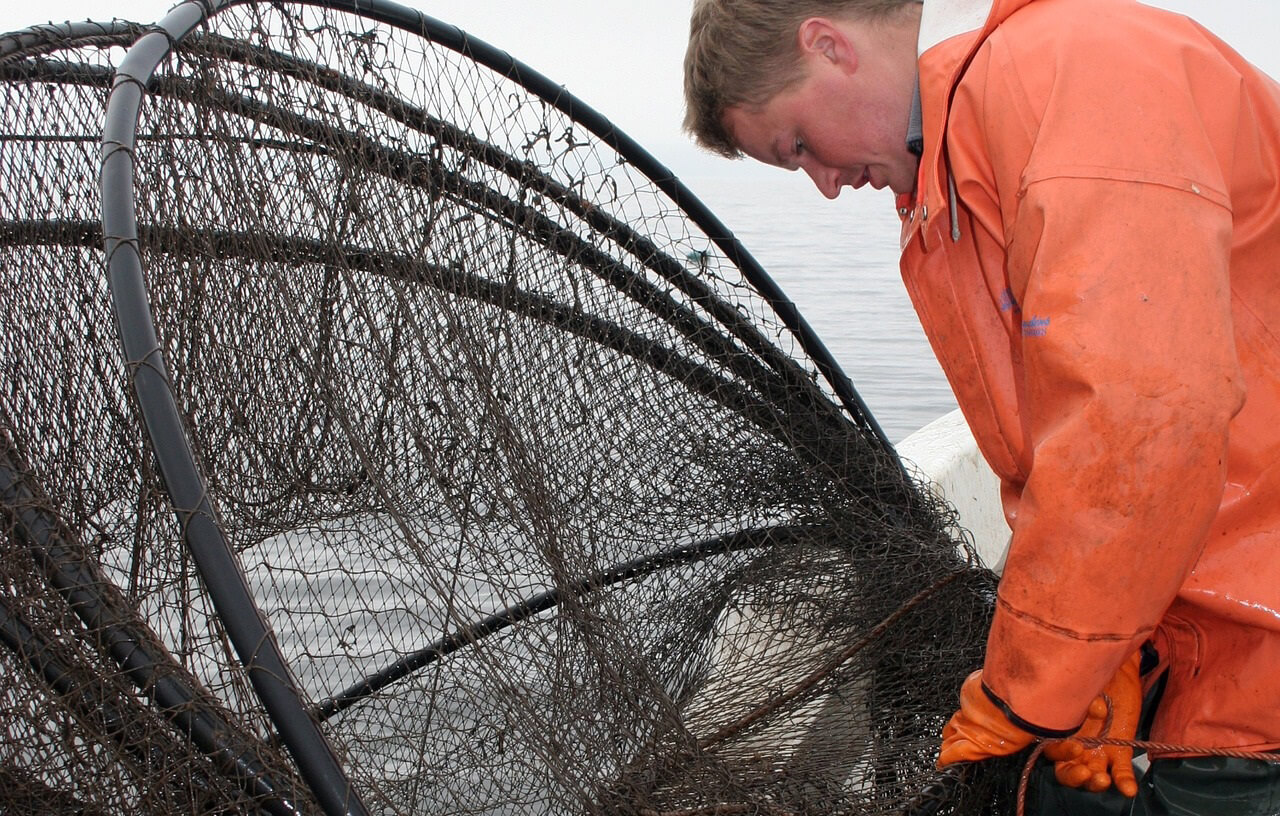
Features of winter fishing for crayfish
These arthropods are active all year round, and winter is a particularly good time for catching well-fed, ready-to-breed specimens. The tactics of winter fishing are not much different from summer fishing, however, with the inevitable correction for ice. In open water, some fans get crayfish even with their hands, despite the cold and the risk! Sometimes primitive fishing rods and poles are used, but these tackles do not differ in champion catchability.
Theoretically, in winter it is possible to use crayfish of all the above types except, perhaps, unnecessarily cumbersome. However, it is most reasonable to choose open folding options that do not require drilling large holes. Tackles made in a homemade way from large plastic bottles also show themselves well.
By the way, our great-grandfathers caught crayfish in the winter with the so-called “twisting”. For this, a long pole with a hook at the end was used. It was lowered into the hole and rotated around its axis. As a result, algae with crayfish stuck in them were wound on the hook. If the soul requires exotic, why not try this option too? True, we must not forget about the prohibitions that limit the production of crayfish in the winter.
A little about prohibitions
In our water bodies there are two types of crayfish: wide-toed and narrow-toed (long-toed). The former are classified as “Red Data Book” species, and their fishing is prohibited at the legislative level. In general, if you come across an individual with a smooth shell and wide claws, you will be obliged to release it.
But narrow-clawed crayfish can not always be obtained. The ban periods do not coincide with the “fish” ones and are individual for each region. The most common ban period is winter and spring, and in some areas, crayfish hunting is only allowed in summer. In some regions, it is generally impossible to catch crayfish at any time and with any tackle. Almost everywhere, the catch of individuals that have not reached 9-10 cm in length is limited.
Remember that crayfish sold in specialty stores are usually legal gear, but fishing for fish and crustaceans using nets is definitely poaching.
Practical advice
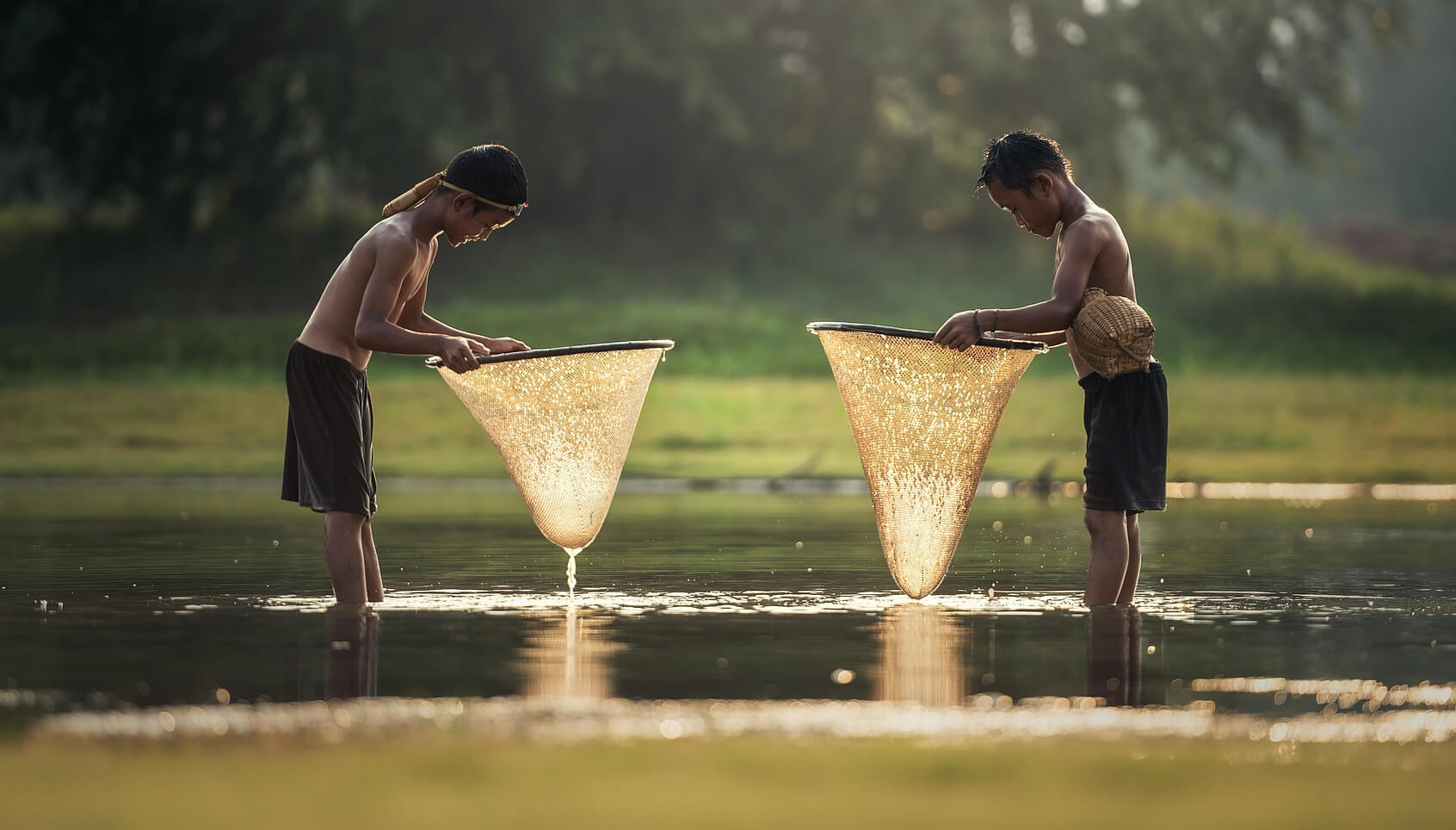
At the end of our article, let me give you some practical recommendations:
- Arthropods are most active after sunset and at night, so it is better to catch them at this time.
- Even the most sophisticated gear should not be left for the whole night: the crayfish will be full and will find a way to get out of the trap.
- Arthropods in a familiar environment show remarkable agility, so you need to collect them dexterously.
- Crayfish catching is made even more effective with the firefly stick, which can attract arthropods and add attractiveness to the main bait.
- When removing the shellfish from the water, do not directly shine a flashlight on it: if there are escape routes, the frightened shellbearers will immediately scatter.
Traditionally, we wish you rich catches. Let delicious boiled crayfish flaunt on your table not only without fish!

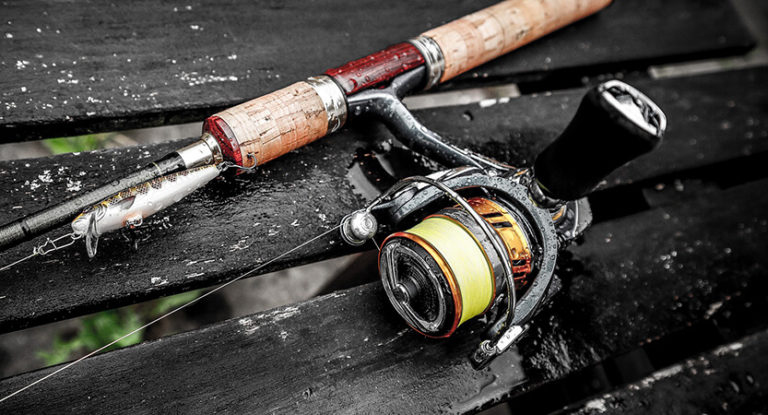
![The 9 Best Fishing Lines of 2023 [Tried & Tested] 6 The 9 Best Fishing Lines of 2023 [Tried & Tested]](https://trizily.com/wp-content/uploads/2021/12/best-fishing-lines-768x415.jpg)
